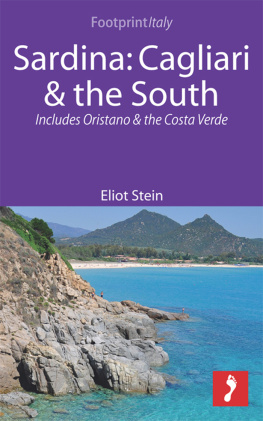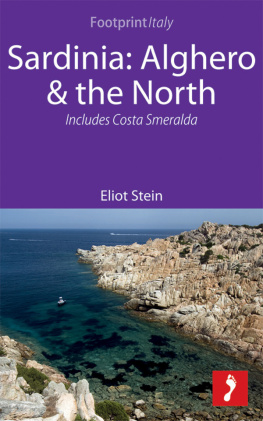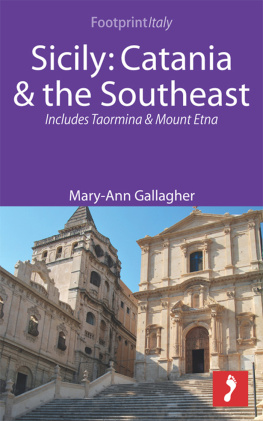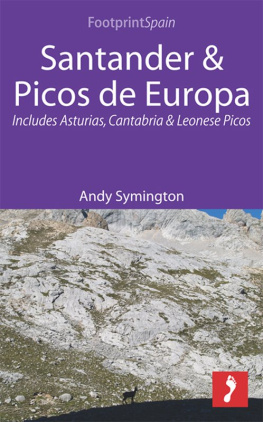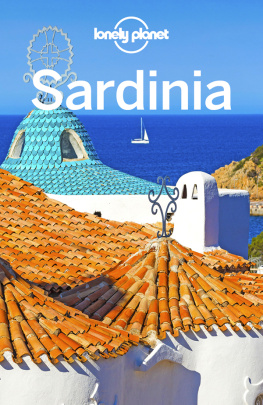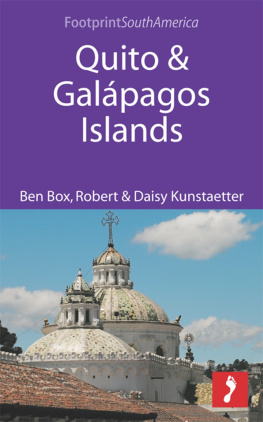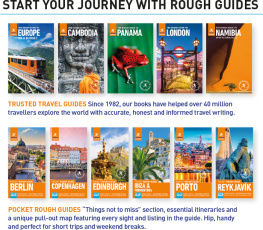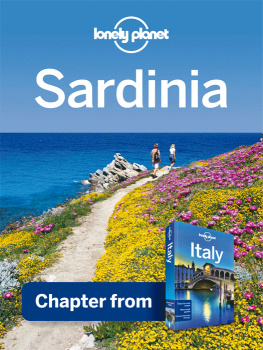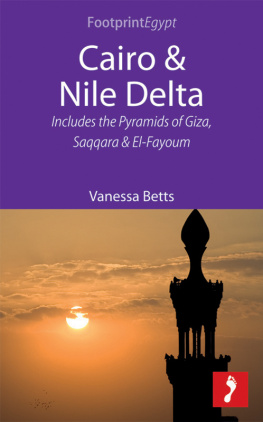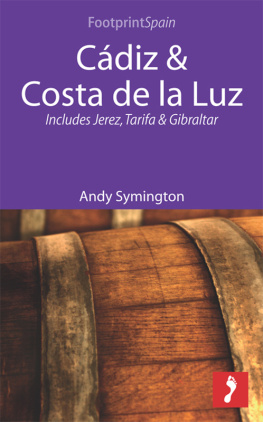Sardinia:
Cagliari &
the South
Eliot Stein
Contents
Introduction
Map: Sardinia


Map: Cagliari

Map: Oristano



Footnotes
Menu reader
Index
According to Sardinian legend, after God created the Earth, He gathered all the leftover pieces from everywhere else, threw them in the sea and stepped on them to create Sardinia or, as the Greeks called it, Ichnusa, meaning footprint. Since then, the island has been walked on by anyone who has ever sailed through the Mediterranean. Invaded in name but never conquered in spirit, Sardinia has managed the clever trick of absorbing a cultural buffet of influences while holding its head high with a resolutely independent pride.
Lying 178 km from the nearest mainland, slightly closer to Tunisia than Italy, no other island is as marooned in the Mediterranean as Sardinia; a fact that has shaped the islands unique character. Although the Sardinians, or Sardi, have adopted the Italian tongue of their latest landlords, they cling fiercely to their native language, Sardo, and are recognized as a distinct ethnic group from their mainland countrymen, who drop anchor in droves each summer to splash around the islands beaches. Sardinia boasts the Romanesque churches, mosaics, medieval castles and fine wines associated with Italy but also pulsates with an unsullied and unscripted spirit that the mainland lost long ago.
Planning your trip
Places to visit in Cagliari and the South |

Cagliari and the south
Sardinias capital, Cagliari, makes a natural starting point for a tour of the island. Refreshed by a laid-back breeze from Sardinias southern gulf, the islands largest city combines a fascinating look back to the islands past with a dynamic modern social scene. Three historic districts shelter the citys steep medieval heart, the Castello, where a warren of tight cobblestone alleyways lead to Sardinias most important museum with its displays of miniature bronzetti statues made by the islands inspired Bronze Age artisans. Outside, admire the Pisans architectural ingenuity from the top of the Bastione or head out to the citys beach, Poetto.
Away from the capital, Sardinias southern third is a mosaic of contrasting landscapes draped in prickly pears, wheat fields and colourful oleanders. To the east, the lonely Gerrei region hides under the seven peaks of the Sette Fratelli park and is one of Sardinias most secluded pockets as well as the source of fine pecorino cheese. Nearby, the Sarrabus produces Sardinias best citrus crop and endures its highest temperatures from which the turquoise waters of the Costa Rei provide welcome respite. North of Cagliari, youll find the Su Nuraxi and Arrubiu nuraghi in the dusty plains of the central Campidano. Their ancient stones make the ninth-century BC Phoenician settlement of Nora to the south seem young in contrast. To the west, the island of SantAntioco has a proud Punic past, and the island of San Pietro retains its Ligurian heritage with Genoese recipes and a bloodthirsty tuna-catching festival. Dont leave the south without visiting the Spanish-accented town of Iglesias and the surrounding abandoned mines and ghost towns of the Iglesiente.

Oristano and the west
The town of Oristano lends its name to Sardinias smallest province, nestled in the islands western corner. The region lets its hair down for a string of daredevil horseback acrobatics in Sedilo and Santu Lussurgiu that will leave you gasping in amazement. On the coast, the Sinis Peninsula is a watery oasis, where over 10,000 pink flamingos winter on Europes largest lagoon between September and June. The peninsula is still guarded by the evocative Punic-Roman city of Tharros and is famed for its bottarga (mullet roe). Quartz beaches pave the way north to Bosa, a beautiful medieval town in a fairytale setting, while the Montiferru mountain to the west yields Seneghes artichoke-flavoured olive oil, San Vero Milis novello wines and the regions prized bue rosso steaks.

Ogliastra
To the east, the provinces of Nuoro and Ogliastra tuck their towns in to the craggy nooks and crevices of the Supramonte and Gennargentu mountain ranges, which shield them from too much outside attention. The tall massifs serve as a bastion, protecting some of Sardinias ancient rites and traditions.
Best of Cagliari and the South |
Castello Duck into strangers doorways as cars thread the needle-tight streets in Cagliaris classiest neighbourhood. Catch a sunset from the Bastione and dont miss the ancient bronzetti statues at the Museo Archeologico..
Nuraghi Marvel at some of the 7,000 or more mysterious stone towers that dot the Sardinian landscape. You wont find them anywhere else on Earth. In their most complex form, they are true Bronze Age castles. The best are Su Nuraxi (Barumini; ).
Giara di Gesturi Admire the worlds only species of miniature wild horse, which has survived high on the Gesturi plateau since Carthaginian times. As you hike the park on the look out for these endangered creatures, keep an eye peeled for orchids, nuraghi and shepherds pinnetta huts..
Nora and Tharros Wander among the colourful tiled mosaics and visit the theatre at Nora, Sardinias earliest Phoenician settlement. Or, if youre in the west of the island, head to the key Punic-Roman trading post at Tharros, which faces the sea from a lonely peninsula..
Carloforte Bring your appetite and your bathing suit to the Genoese settlement of Carloforte on Isola di San Pietro. Part Cinque Terre, part North Africa, its full of old-world colonial grace. Fish lovers will enjoy the tuna caught at Carlofortes annual mattanza fishing festival..
The Iglesiente Pass the morning in the surprisingly sophisticated old mining town of Iglesias and the afternoon touring the abandoned mines of Sardinias Wild West. Don a hard hat to visit the pit at Porto Flavia (Masua; .
Costa Verde Explore Sardinias wildest and least developed shoreline. Youll need a resilient car and an adventurous spirit to get there, but the green

